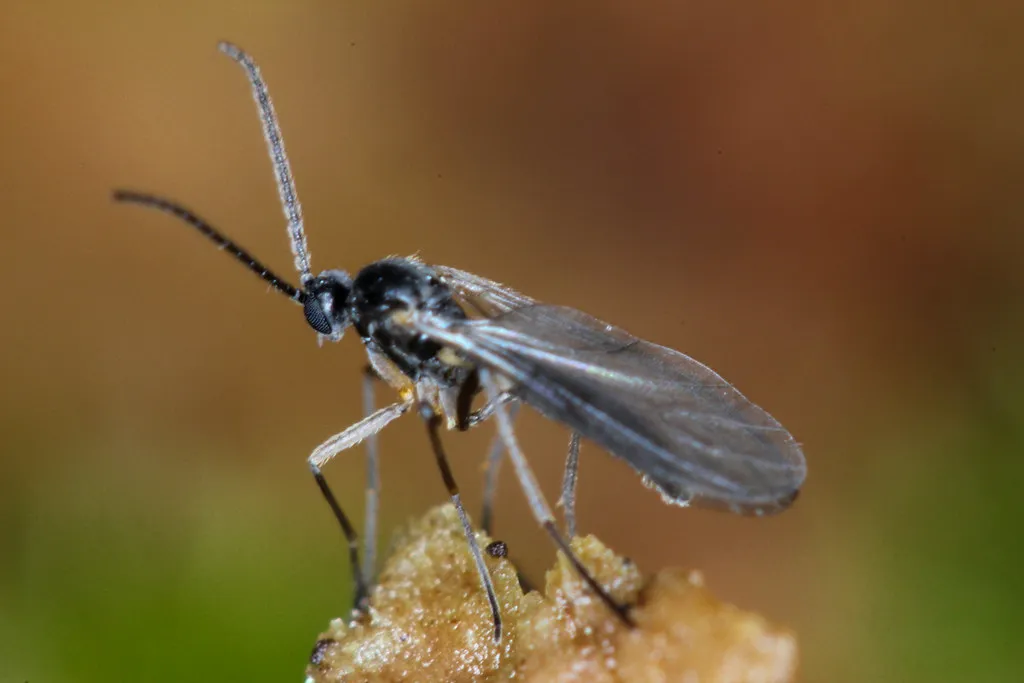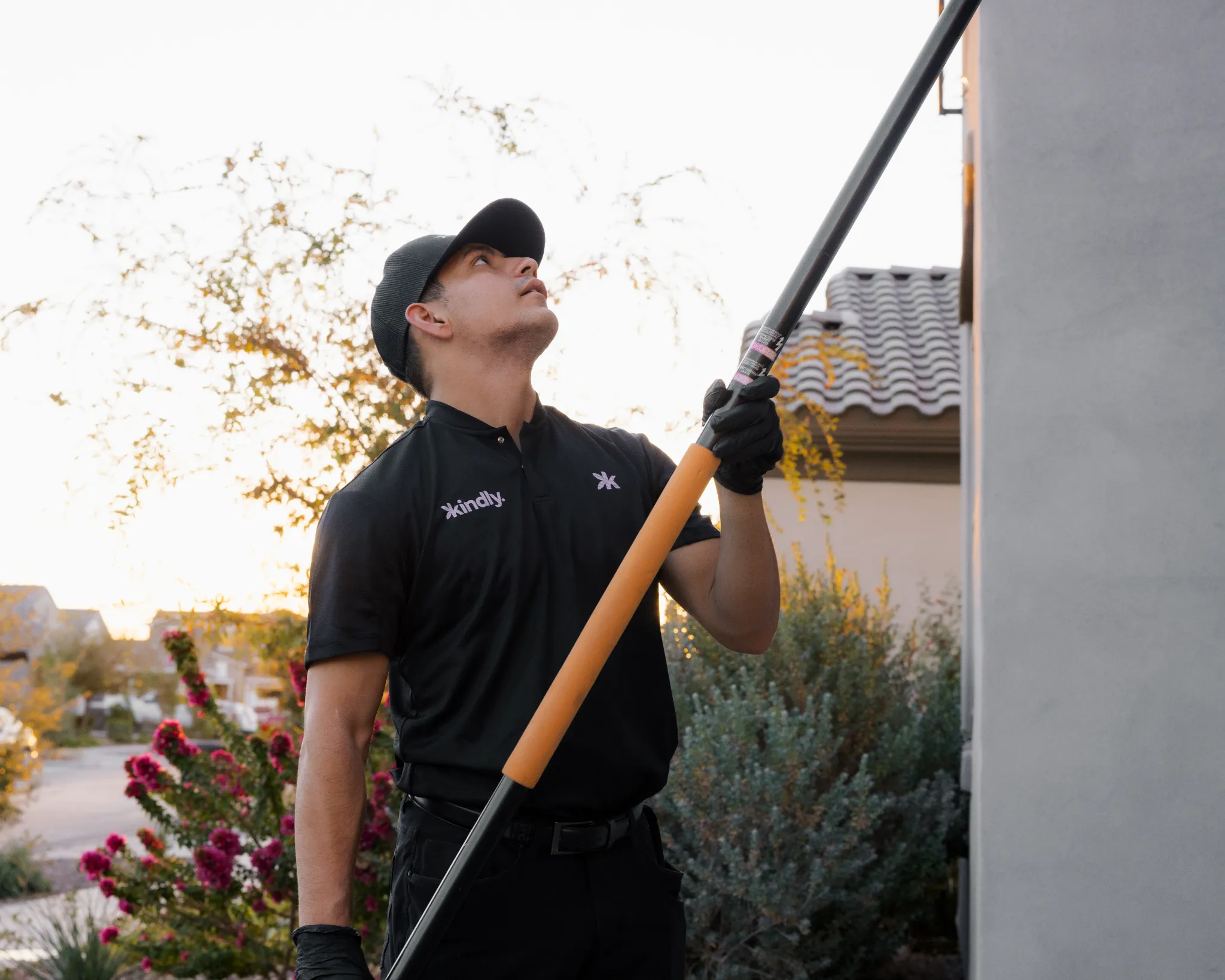Comprehensive Strategies for Controlling Gnats in Your Home: A Detailed Guide to Effective Management and Prevention
This article presents an in-depth exploration of effective strategies for controlling gnats in your home, offering readers a wealth of practical insights and actionable guidance. From understanding the life cycle of these pests to implementing preventive measures and natural remedies, this comprehensive guide equips homeowners with the knowledge needed to tackle gnat infestations.
Whether you are dealing with a minor annoyance or a significant problem, this resource ensures you are well-prepared to reclaim your living space from these persistent intruders.

Understanding Gnats
Types of Gnats Commonly Found in Homes
Fruit Flies: Characteristics and Behavior
Fruit flies are small, annoying tiny black flies that are often attracted to overripe or rotting fruit. They are typically about 1/8 inch long and have red eyes. Their rapid reproduction cycle allows them to multiply quickly, making them a common nuisance in kitchens and dining areas.
Fungus Gnats: Habitat and Breeding Grounds
Fungus gnats are another prevalent type of gnat found in homes. These pests are often associated with indoor plants, as their larvae thrive in moist soil rich in organic material. Adult fungus gnats are small, dark, and resemble fruit flies but are generally more elongated. They are attracted to damp environments, making overwatered plants ideal breeding grounds.
Drain Flies: Identification and Life Cycle
Drain flies, also known as moth flies, are slightly larger than fruit flies and fungus gnats. They have a fuzzy appearance and are often found near sinks, drains, and other areas with stagnant water. Their life cycle begins in organic matter found in drains, where they lay their eggs.
The Life Cycle of Gnats
Egg Stage: Conditions for Hatching
Gnats typically lay their eggs in moist environments. For fungus gnats, this means the top layer of soil in potted plants. The eggs hatch within a few days, depending on temperature and humidity.
Larval Stage: Feeding Habits and Growth
Once hatched, fungus gnat larvae feed on organic matter in the soil, including decaying plant material and fungi. This feeding can damage plant roots, leading to unhealthy plants. The larval stage lasts about two weeks before they pupate.
Adult Stage: Mating and Reproduction
Adult gnats emerge from their pupal stage ready to mate. Female gnats can lay hundreds of eggs in their short lifespan, perpetuating the cycle of infestation. Adult fungus gnats are particularly problematic as they can fly around, seeking new breeding sites.
Identifying Gnat Infestations in Your Home
Signs of Gnat Presence
Visual Indicators: Swarms and Individual Sightings
One of the first signs of a gnat infestation is the sight of swarms or individual gnats flying around, particularly in kitchens or near indoor plants. If you notice these pests, it is essential to investigate further.
Odor Detection: Musty or Fruity Smells
Gnats can emit musty or fruity odors, especially if they are breeding in decaying organic matter. If you detect such smells, it may indicate a breeding ground nearby.
Damage Assessment: Impact on Plants and Food Sources
Inspect your indoor plants for signs of damage, such as wilting or yellowing leaves, which can be caused by gnat larvae feeding on roots. Additionally, check food sources for signs of fruit flies, such as small holes or decay.
Common Areas for Gnat Breeding
Kitchen: Food Sources and Waste Management
The kitchen is a prime location for gnat infestations due to the abundance of food sources. Overripe fruit, unsealed food containers, and organic waste can attract gnats.
Bathrooms: Moisture and Drainage Issues
Bathrooms often provide the moisture and organic matter that gnats need to thrive. Clogged drains and standing water can become breeding sites for drain flies.
Indoor Plants: Soil Conditions and Overwatering
Overwatering indoor plants can create ideal conditions for fungus gnats. The moist soil becomes a breeding ground for larvae, leading to infestations.
Effective Management Strategies for Gnats
Natural Remedies for Gnat Control
Vinegar Traps: DIY Solutions and Effectiveness
One of the most effective natural remedies for controlling gnats is using vinegar traps. Apple cider vinegar mixed with a few drops of dish soap can attract and trap adult gnats. Place small bowls filled with this mixture around your home to reduce their numbers.
Essential Oils: Repellent Properties and Application Methods
Certain essential oils, such as peppermint and eucalyptus, can repel gnats. Dilute these oils in water and spray them around areas where gnats are prevalent to deter them.
Baking Soda and Soap: Chemical-Free Approaches
A mixture of baking soda and soap can be used to combat gnat larvae in the soil of indoor plants. This method is safe for plants and helps to control fungus gnat larvae without harmful chemicals.
Chemical Solutions and Pesticides
Overview of Available Products: Types and Safety
There are various chemical solutions available for gnat control, including insecticidal soaps and sprays. These products are designed to target adult gnats and their larvae effectively.
Application Methods: Targeting Breeding Sites Effectively
When using chemical solutions, it is crucial to apply them directly to breeding sites, such as the soil of infested plants or areas with stagnant water. Follow the manufacturer’s instructions for effective results.
Precautions: Ensuring Safety for Pets and Children
Always take precautions when using chemical pesticides. Ensure that pets and children are kept away from treated areas until it is safe to return.
Preventive Measures to Keep Gnats at Bay
Best Practices for Home Maintenance
Regular Cleaning: Importance of Sanitation
Maintaining a clean home is essential for preventing gnat infestations. Regularly clean kitchen surfaces, dispose of organic waste properly, and keep food sealed.
Proper Waste Disposal: Managing Organic Waste
Ensure that organic waste is disposed of promptly and correctly. Use sealed containers for compost and regularly empty trash bins to minimize attractants.
Indoor Plant Care: Soil Management and Watering Tips
To prevent fungus gnats, allow the top layer of soil in indoor plants to dry out between waterings. This practice disrupts the life cycle of gnat larvae.
Environmental Adjustments
Humidity Control: Dehumidifiers and Ventilation
Controlling humidity levels in your home can help deter gnats. Use dehumidifiers in damp areas and ensure proper ventilation to reduce moisture.
Light Management: Using Traps Effectively
Utilize light traps to attract and capture adult gnats. These traps can be placed near windows or light sources where gnats are commonly seen.
Sealing Entry Points: Preventing Outdoor Access
Inspect your home for any gaps or cracks that may allow gnats to enter. Sealing these entry points can help prevent infestations from occurring.
When to Seek Professional Help
Recognizing the Severity of Infestation
Assessing the Extent of the Problem: Minor vs. Major Infestations
If you notice a significant increase in gnat populations despite your control efforts, it may be time to assess the severity of the infestation. Minor infestations may be manageable with DIY solutions, while major infestations may require professional intervention.
Indicators That Professional Intervention Is Necessary
Signs that you may need professional help include persistent infestations, damage to plants, or difficulty identifying breeding sites. If home remedies fail, consider reaching out to pest control experts.
Choosing the Right Pest Control Service
Researching Local Pest Control Providers: Credentials and Reviews
When seeking professional help, research local pest control providers. Look for credentials, reviews, and recommendations to ensure you choose a reputable service.
Questions to Ask: Ensuring Effective Treatment Options
Before hiring a pest control service, ask questions about their treatment methods, safety precautions, and guarantees. This information will help you make an informed decision.
Understanding Costs and Service Guarantees
Inquire about the costs associated with pest control services and any guarantees they offer. Understanding these aspects will help you choose a service that fits your budget and needs.

Fast Response Time
We know how inconvenient pests are, so we respond quickly and provide service within 24 hours.

Kindly Pest Guarantee
We stand by our work with free re-services. If pests return between your scheduled services, we’ll come back at no cost.

Comprehensive Pest Coverage
Our protection program covers more than just the “easy” pests. We handle 29 of the most common household pests.